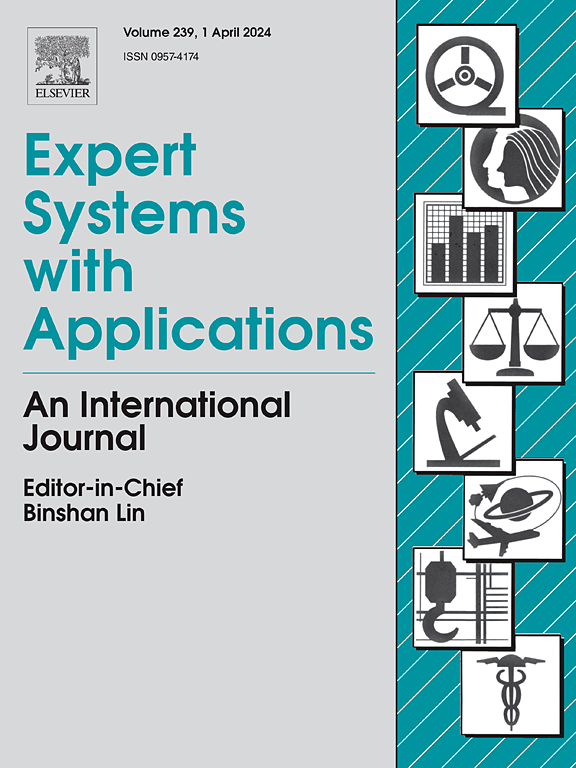Wi-Fi CSI fingerprinting-based indoor positioning using deep learning and vector embedding for temporal stability
IF 7.5
1区 计算机科学
Q1 COMPUTER SCIENCE, ARTIFICIAL INTELLIGENCE
引用次数: 0
Abstract
Fingerprinting systems based on channel state information (CSI) often rely on updated databases to achieve indoor positioning with high accuracy and resolution of centimeter-level. However, regularly maintaining a large fingerprint database is labor-intensive and computationally expensive. In this paper, we explore the use of deep learning for recognizing long-term temporal CSI data, wherein the site survey was completed weeks before the online testing phase. Compared to other positioning algorithms such as time-reversal resonating strength (TRRS), support vector machines (SVM), and Gaussian classifiers, our deep neural network (DNN) model shows a performance improvement of up to 10% for multi-position classification with centimeter-level resolution. We also exploit vector embeddings, such as i-vectors and d-vectors, which are traditionally employed in speech processing. With d-vectors as the compact representation of CSI, storage and processing requirements can be reduced without affecting performance, facilitating deployments on resource-constrained devices in IoT networks. By injecting i-vectors into a hidden layer, the DNN model originally for multi-position localization can be transformed to location-specific DNN to detect whether the device is static or has moved, resulting in a performance boost from 75.47% to 80.62%. This model adaptation requires a smaller number of recently collected fingerprints as opposed to a full database.
基于Wi-Fi CSI指纹的室内定位,使用深度学习和向量嵌入实现时间稳定性
基于信道状态信息(CSI)的指纹识别系统通常依赖于更新的数据库来实现高精度和厘米级分辨率的室内定位。但是,定期维护大型指纹数据库是一项劳动密集型工作,而且计算成本很高。在本文中,我们探索了使用深度学习来识别长期时间CSI数据,其中现场调查在在线测试阶段前几周完成。与其他定位算法(如时间反转共振强度(TRRS)、支持向量机(SVM)和高斯分类器)相比,我们的深度神经网络(DNN)模型在厘米级分辨率的多位置分类中表现出高达10%的性能提升。我们还利用向量嵌入,如i向量和d向量,这是传统上用于语音处理。使用d-vector作为CSI的紧凑表示,可以在不影响性能的情况下降低存储和处理需求,从而促进在物联网网络中资源受限设备上的部署。通过在隐藏层中注入i向量,原本用于多位置定位的DNN模型可以转换为特定位置的DNN来检测设备是静态的还是移动的,从而将性能从75.47%提升到80.62%。与完整的数据库相比,这种模型适应只需要较少数量的最近收集的指纹。
本文章由计算机程序翻译,如有差异,请以英文原文为准。
求助全文
约1分钟内获得全文
求助全文
来源期刊

Expert Systems with Applications
工程技术-工程:电子与电气
CiteScore
13.80
自引率
10.60%
发文量
2045
审稿时长
8.7 months
期刊介绍:
Expert Systems With Applications is an international journal dedicated to the exchange of information on expert and intelligent systems used globally in industry, government, and universities. The journal emphasizes original papers covering the design, development, testing, implementation, and management of these systems, offering practical guidelines. It spans various sectors such as finance, engineering, marketing, law, project management, information management, medicine, and more. The journal also welcomes papers on multi-agent systems, knowledge management, neural networks, knowledge discovery, data mining, and other related areas, excluding applications to military/defense systems.
 求助内容:
求助内容: 应助结果提醒方式:
应助结果提醒方式:


